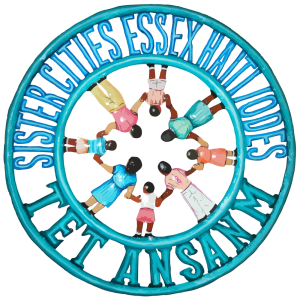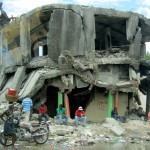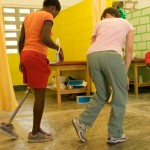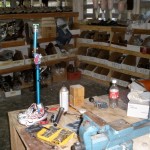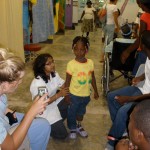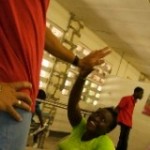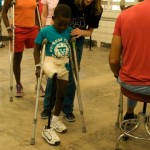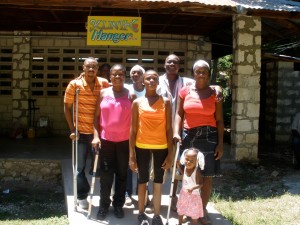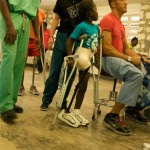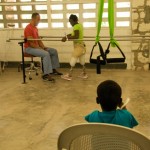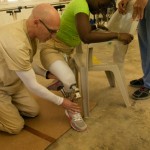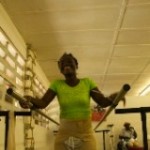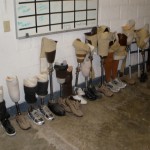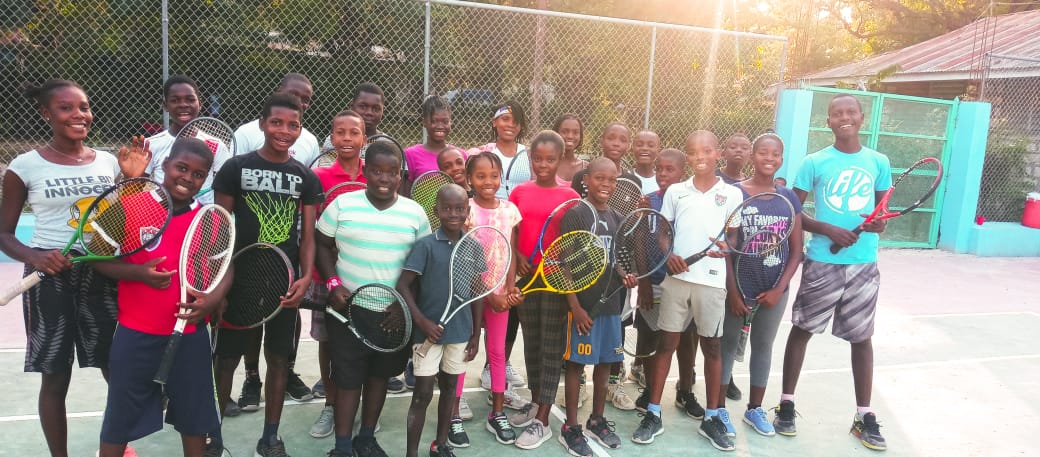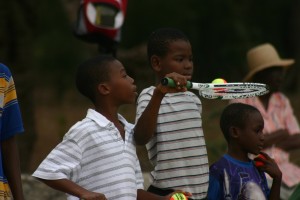
By Mary Lee Blackwell, December 2012. Sister Cities Essex Haiti is in full swing. The organization continues to inspire citizens to get involved; to make a difference. And oh what a difference they’re making. There are several programs that have been initiated and continue to evolve and garner support and enthusiasm from both communities. I was fortunate to be a part of the newly launched sports program on my first visit to Haiti in December. The program focused on tennis and, with help from American tennis pro John DeLong and the Deschapelles Tennis Committee, met with great success on many fronts.
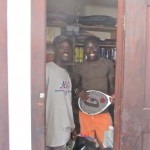
One obvious objective was to teach tennis to both experienced and beginner players. This was met with more challenges than you might expect; there is little sense or experience with organized instruction, there are language discrepancies, cultural differences, and, facility and equipment shortages. In Haiti most children are never given an opportunity to attend school (the three hundred dollar annual tuition is prohibitive for most families) and the majority of people do not have steady work. Without these structured experiences, Haitians find that the concepts of waiting in line, taking turns, focused listening, and instruction are novel and take some getting used to.
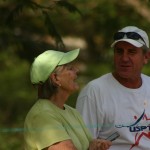
Our French is a bit rusty and our Kreyol is essentially non-existent but the eagerness with which the Haitians help overcome the language barrier is heartwarming and at times laugh-producing. As you might imagine, much is still lost in translation. Sports are a universal language unto themselves and as such many barriers- including language- evaporate in the quest toward a common goal. It is hoped that tennis, and other sports that will be cultivated in this way, will become feeder programs. It is possible to develop collegiate or nationally worthy players affording a potential vehicle toward education and overall betterment.
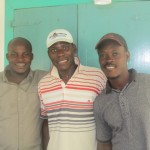
And there are benefits for the coaches too. It provides an opportunity for them to take ownership, gain self respect, a sense of responsibility and pride that comes with the task of teaching. After DeLong’s departure, the tennis program was left to the Haitian coaches to run. DeLong will keep in touch to help iron out any remaining kinks and return periodically to provide refresher clinics.
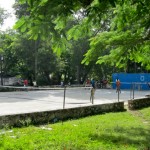
Tennis was taught on the one and only tennis court in Deschapelles which has been there since the early 1900s when the Standard Fruit Plantation inhabited what is now Hôpital Albert Schweitzer (HAS.) The tennis court was installed for managers of the plantation. It remains on the HAS property and is available for use by the community of Deschapelles. Many tennis balls and racquets were donated by area Connecticut individuals but the bulk (35 youth racquets) were made possible with help from Gamma Tennis racquets. Click here to learn more about the SCEH Sports-Tennis Program.
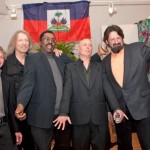
The projects that have been initiated, which have all been identified by the villagers of Deschapelles, include a library, a music program, an Early Education Teacher Training Project and a sports program. Recently the second annual Have a Heart for Haiti fundraiser was held at the Left Bank Gallery in Essex. The event which featured a Haitian band, an appearance by Kathy Pfeifer, author of Haiti; Footprints in the Heart, several photography exhibits, Haitian art and crafts sales, and Haitian food and drink, raised over $30,000 for Hôpital Albert Schweitzer and Sister Cities Essex Haiti.
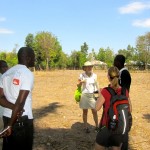
The library, the first big undertaking by the collaborative Deschapelles and Essex teams, has an official site since the February signing of a ten year lease for property in Deschapelles where the much needed library and community center will be built. Plans for the structure are being designed and construction is slated to begin within the year. Click here to learn more about the SCEH Library Project.
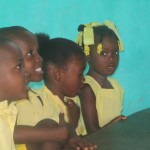
The Early Education Teacher Training Project, while still in the early stages of development, hopes to enhance existing curricula, introduce hands-on manipulative educational materials important for the cognitive development of very young children and provide a platform to learn from one another regarding teaching strategies. Click here to learn more about the SCEH Early Education Teacher Training Project.
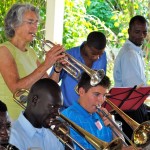
The music program initiated in the summer of 2011 continues to foster an already rich musical heritage. And the tennis program is well underway with eager Haitian coaches modeling sportsmanship and dedication which in turn encourages ownership, pride and a new found sense of purpose. Click here to learn more about the SCEH Music Program.
If you would like to get involved in Sister Cities Essex Haiti in any small way, please get in touch with us at www.sistercitiesessexhaiti.org. Because if you think you are too small to make a difference, try sleeping in a room with a mosquito!
The above Vignette also appeared in the Spring 2012 edition of Essex Events.
In December 2012, Mary Lee Blackwell, professional writer and photography hobbyist from Old Lyme, CT, visited Hôpital Albert Schweitzer with Hospital Albert Schweitzer founding family member Jenifer Grant of Essex. Mary Lee is also a Director of Sister Cities Essex Haiti.
